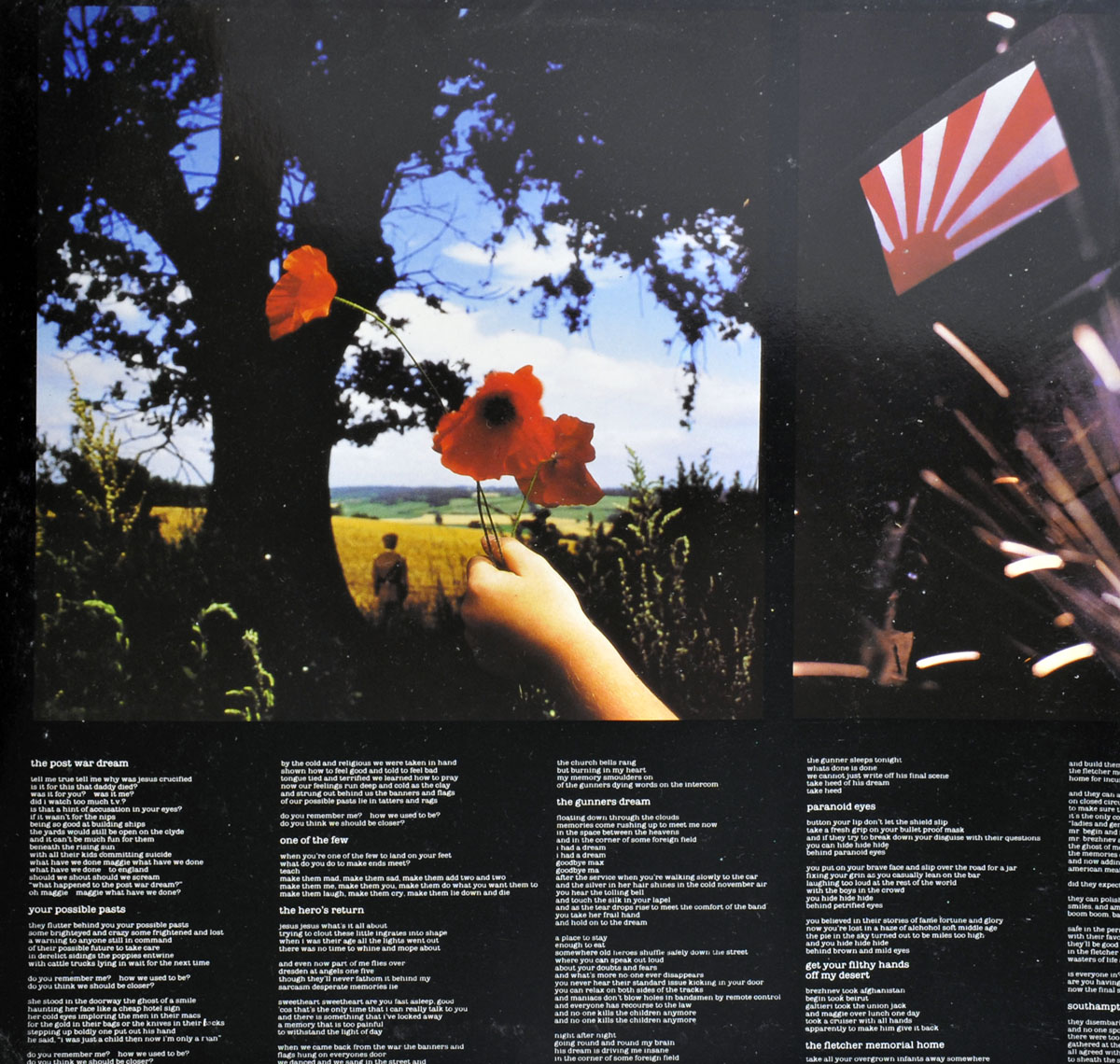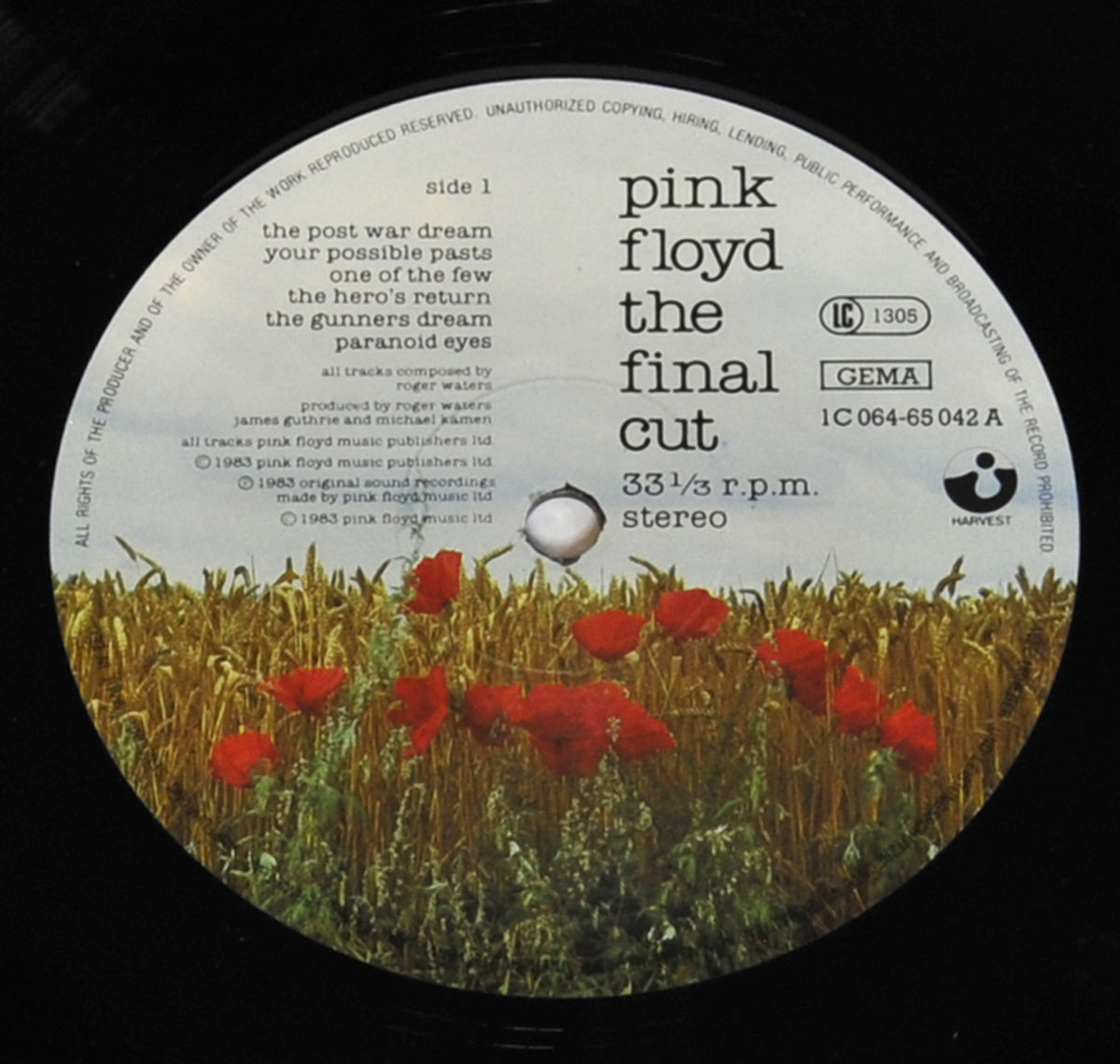PINK FLOYD – The Final Cut 12" Vinyl LP Album
- German release with Gatefold Album Cover

Pink Floyd’s “The Final Cut” isn’t just an album — it’s an emotional battlefield set to music. Crafted under Roger Waters’ intense vision, this 1983 masterpiece fuses haunting storytelling, political fury, and cinematic sound design into one of the band’s most powerful statements. You can feel every loss, every accusation, every echo of war bleeding through its grooves. David Gilmour’s guitar work slices through Waters’ laments like a cry for sanity, while the German gatefold pressing on Harvest heightens the experience — crisp, heavy, and heartbreakingly human.
Table of Contents
- Album Description
- Album Key Details: Genre, Label, Format & Release Info
- Production & Recording Information
- Collector’s Note: The Curious Science of Holophonics
- Band Members / Musicians
- Video: Pink Floyd - The Gunner's Dream
- Video: Pink Floyd - Not Now John (Official Music Video)
- Complete Track-listing
- Additional Album Notes
- Photo Gallery





